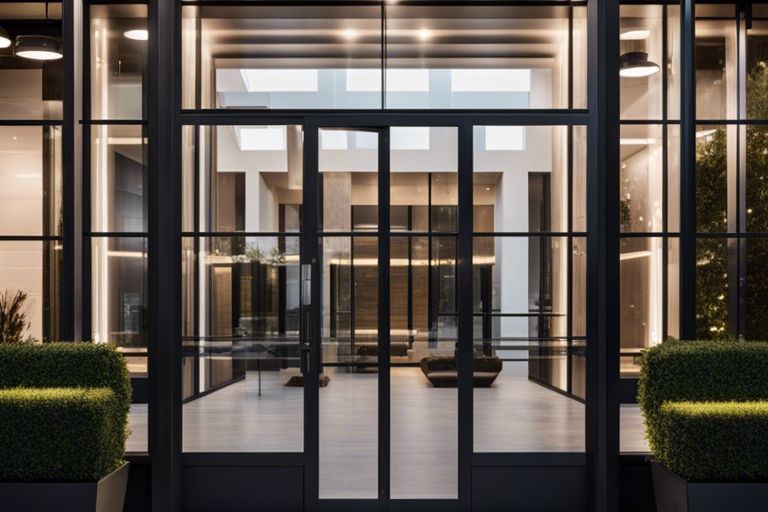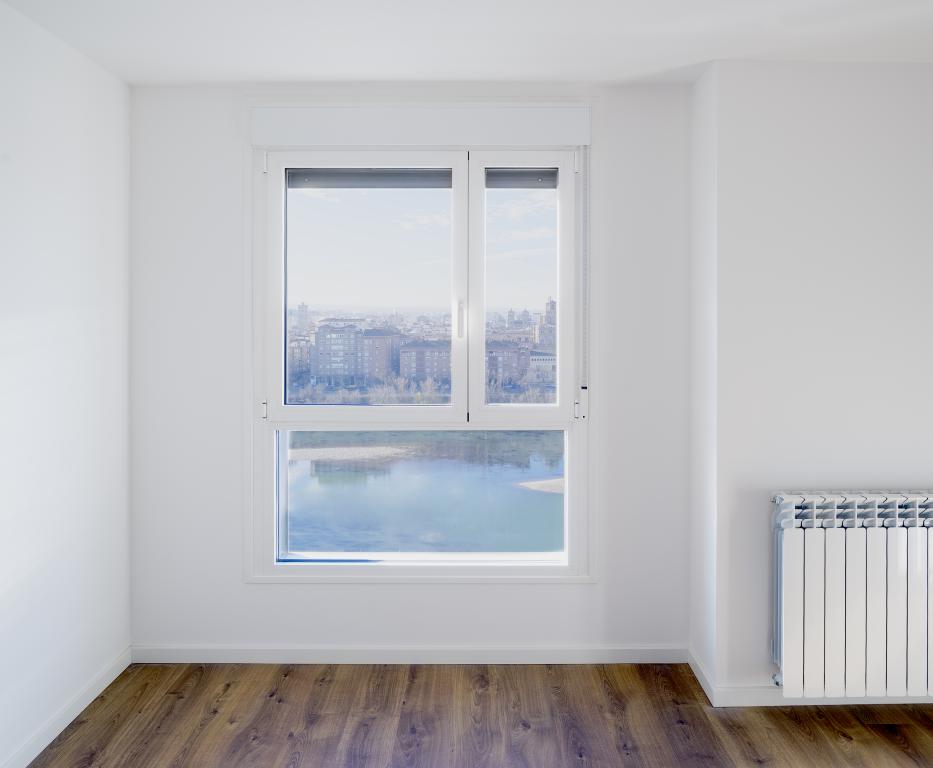If you’re considering adding more natural light to your space, the decision between lanterns and flat rooflights can be a crucial one. Lanterns offer a traditional, decorative look with their raised central panel, allowing for enhanced light diffusion. On the other hand, flat rooflights provide a sleek, modern aesthetic and uninterrupted views of the sky. It’s important to consider factors such as energy efficiency, installation costs, and maintenance requirements when choosing between the two. Understanding the advantages and limitations of each option will help you make an informed decision that suits your project’s needs perfectly.
Key Takeaways:
- Lanterns offer better ventilation: Lantern rooflights provide better air circulation and can be opened for fresh air, making them ideal for rooms that require good ventilation.
- Flat rooflights offer a sleek, modern look: Flat rooflights have a minimalist design that creates a contemporary and sleek appearance, perfect for modern architectural styles.
- Consider the purpose of the room: When choosing between lanterns and flat rooflights, consider the purpose of the room, the desired aesthetics, and the amount of natural light and ventilation required for the space.
Understanding Lanterns and Flat Rooflights
The Basics of Lanterns
Lanterns are architectural features that have been used for centuries to bring natural light into spaces. They are characterised by their raised, glazed structure that sits on top of a roof, allowing light to flood into the room below. Lanterns are popular in traditional and contemporary design, adding a touch of elegance and sophistication to any space.
When considering incorporating a lantern into your project, it’s important to remember that they not only provide natural light but also create a focal point in the room. Their striking appearance can enhance the aesthetics of a space, making it feel more open and inviting.
The Basics of Flat Rooflights
Flat rooflights, on the other hand, are sleek and modern alternatives to lanterns. They are installed flush with the roof, providing a minimalist look while still allowing plenty of natural light to enter the room. Flat rooflights are versatile and can complement a variety of architectural styles, making them a popular choice for contemporary homes and commercial buildings.
One of the key advantages of flat rooflights is their seamless integration into the roofline, creating a smooth and unobtrusive appearance. They are also highly energy-efficient, helping to reduce electricity costs by maximising natural light.

Factors to Consider When Choosing Between Lanterns and Rooflights
When deciding between lanterns and rooflights for your project, there are several factors to take into consideration. Each option has its unique characteristics and benefits, so it’s important to weigh them carefully before making a decision. Here are some key factors to think about:
- Architectural Style: Consider how the design of the building will be impacted by the choice between lanterns and rooflights.
- Natural Light Requirements: Think about how much natural light is needed in the space and how each option will provide it.
- Energy Efficiency: Evaluate the thermal performance of both lanterns and rooflights to ensure energy efficiency.
Architectural Style Considerations
When it comes to architectural style, lanterns are often seen as a more traditional choice, adding a touch of elegance and grandeur to a building. On the other hand, rooflights are modern and sleek, offering a minimalist look that complements contemporary architecture.
It’s important to consider the overall aesthetic of the building and how the choice between lanterns and rooflights will enhance or detract from the architectural style. The decision should align with the design vision and goals of the project.
Natural Light Requirements and Energy Efficiency
When considering natural light requirements and energy efficiency, it’s essential to think about how each option will impact the interior environment. Lanterns, with their larger panes of glass and additional framing, may provide more natural light but could also result in more heat loss. Rooflights, with their slimmer profiles and smaller glazing bars, offer a more minimalistic look while still allowing ample natural light to flood the space.
Having a balance between natural light and energy efficiency is crucial in creating a comfortable and sustainable living or working environment. Ensuring that the chosen option meets the required standards for thermal performance and daylight provision is key in making the right decision for your project.

Installation and Maintenance
Installation Processes for Lanterns and Rooflights
When it comes to installing lanterns and rooflights, the processes differ significantly. Lanterns are more complex to install due to their structure, requiring a professional team to ensure proper fitting and sealing. On the other hand, rooflights, especially flat rooflights, have a simpler installation process which can be completed efficiently by experienced installers.
For lanterns, the installation involves constructing a timber kerb on the roof to support the structure, followed by carefully placing the lantern on top and sealing it correctly to prevent leaks. This process requires precision and expertise to avoid any water ingress or structural issues. Conversely, flat rooflights can be installed by securing the frame directly onto the roof opening, making them a quicker and more straightforward option for many projects.
Long-Term Maintenance and Durability
When considering long-term maintenance, lanterns generally require more upkeep compared to flat rooflights. Due to their design and multiple panes of glass, lanterns can gather dirt and debris in the channels over time, which can affect both the aesthetics and functionality. Regular cleaning and inspection are essential to ensure that the lantern remains in optimal condition.
On the other hand, flat rooflights are relatively low maintenance, requiring occasional cleaning and inspection of the seals. Due to their single flat surface, they are less prone to dirt build-up and generally have a longer lifespan with minimal maintenance required.
It is vital to schedule routine maintenance checks for both lanterns and flat rooflights to identify any issues early on and prevent potential problems. By keeping up with regular maintenance, you can preserve the integrity and performance of these skylight options for years to come.
Cost Analysis and Value Addition
Initial Investment and Installation Costs
When it comes to comparing lanterns and flat rooflights in terms of initial investment and installation costs, it is essential to consider the size of the roof opening and the materials used. Lanterns tend to be more expensive due to their intricate design and additional structural support requirements. On the other hand, flat rooflights are generally more affordable and easier to install, making them a cost-effective option for many projects.
While the upfront cost of lanterns may seem daunting, they can add significant value to a property by enhancing natural light, ventilation, and overall aesthetics. It is crucial to weigh the initial investment against the long-term benefits to determine the best value for your project.
Long-Term Financial Benefits and ROI
Looking beyond the initial costs, long-term financial benefits and return on investment (ROI) play a crucial role in deciding between lanterns and flat rooflights. Flat rooflights are known for their energy efficiency and ability to reduce heating and lighting costs over time. Additionally, they require minimal maintenance, further saving on expenses.
On the other hand, lanterns may require more upkeep and potentially higher maintenance costs. However, their enhanced aesthetics and the potential increase in property value can result in a higher ROI in the long run. It is important to consider the balance between initial costs and long-term benefits when making a decision for your project.
In addition to financial aspects, it is crucial to consider the quality of life benefits that natural light and ventilation can bring to a space. These intangible advantages can greatly enhance the overall living experience and should not be overlooked in the cost analysis.

Lanterns vs. Flat Rooflights – Which is Right for Your Project?
When deciding between lanterns and flat rooflights for your project, it ultimately comes down to the specific needs and aesthetics of the space. Lanterns are ideal for creating a focal point and adding architectural interest, while flat rooflights offer a sleek and minimalistic design that allows for unobstructed views and maximises natural light. Consider factors such as the size of the space, desired style, and budget to determine which option is most suitable. Both lanterns and flat rooflights can enhance the overall look and feel of a room, so choose wisely based on your requirements and preferences.
FAQ
Q: What are the main differences between lanterns and flat rooflights?
A: Lanterns are raised structures with pitched or sloped sides that add height and drama to a room, while flat rooflights are sleek, modern skylights that sit flush with the roofline, providing a minimalist look.
Q: Which is more suitable for enhancing natural light in a space, lanterns or flat rooflights?
A: Both lanterns and flat rooflights are effective in increasing natural light in a room. Lanterns allow light to enter from multiple angles due to their raised design, while flat rooflights provide a seamless expanse of sunlight from above.
Q: How do I choose between lanterns and flat rooflights for my project?
A: Consider the architectural style of your building, the amount of natural light required, and the desired aesthetic. If you prefer a traditional or grand look with added height, opt for lanterns. For a contemporary and streamlined appearance with maximum light penetration, flat rooflights are the ideal choice.






